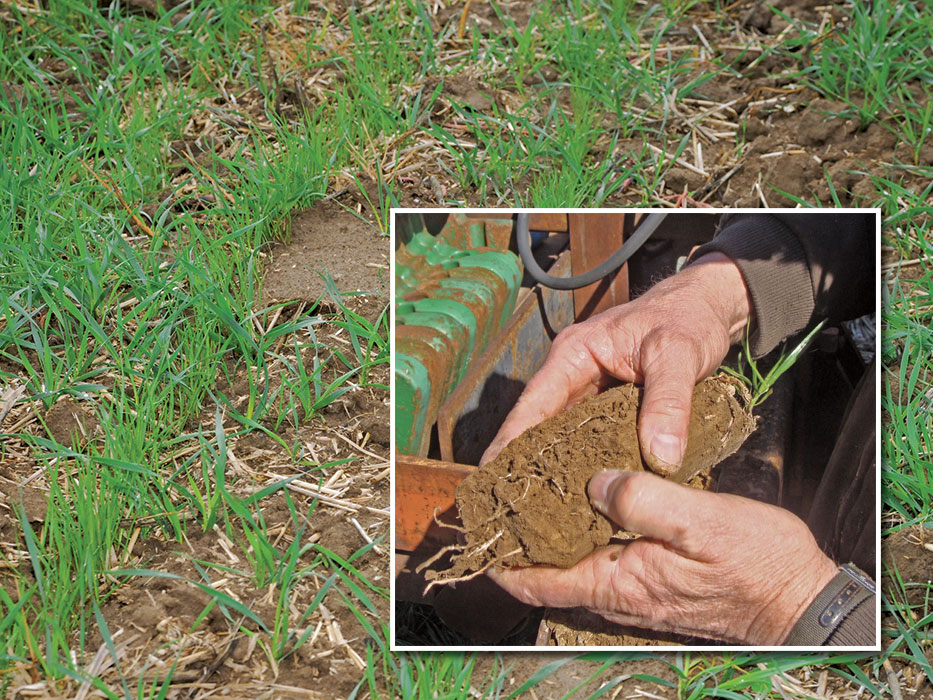“The good news is, soil will improve every year you grow a cover crop,” said Dan Towery, a crop consultant, and owner of Ag Conservation Solutions, living in West Lafayette, Ind.. “How soon you see measurable yield improvement depends on field history and what limiting factors, such as weather, are present in a year. For example, soils that are low in organic matter will benefit faster from cover crops.”
His comments are part of a longer article in the Farm Journal online. Click here to view the whole article.
 Ken Ferrie is also interviewed for the article. Ferrie, Farm Journal’s Field Agronomist said “It might take many years to make big changes in soil health, but in some situations, you might see improvement (earlier than that.). For example, he cited a study in which annual ryegrass as a cover crop improved carbon content, bulk density and water infiltration IN THE FIRST YEAR!.
Ken Ferrie is also interviewed for the article. Ferrie, Farm Journal’s Field Agronomist said “It might take many years to make big changes in soil health, but in some situations, you might see improvement (earlier than that.). For example, he cited a study in which annual ryegrass as a cover crop improved carbon content, bulk density and water infiltration IN THE FIRST YEAR!.
“As with any new practice, you’ll be eager to determine whether cover crops are having an impact,” Ferrie says. “Your soil physical provides a benchmark so you can follow up later and see if soil health is improving.”
Another farmer and rancher, Gabe Brown, talked about the benefits of cover crops in North Dakota. “You should use covers to address your resource concerns,” advises Brown. For the past two decades, he’s used cover crops to increase diversity, build organic matter, and improve water infiltration and the water-holding capacity of his soils.
“We look at each field separately and determine what the resource concern of each field is,” he says.
But make sure you choose a cover crop with a lot of forethought and advice from others with experience. Otherwise, you may be inviting failure or added problems. “Cover crops take more management, not less,” said Mike Plumer, who died last Christmas after dedicating 50 years to soil health and farmer education. “Farmers have to learn how cover crops react on their own fields.”
Plumer advised producers to start small with cover crops – perhaps a 20 acre plot or so, before “before incorporating on the entire farm.”






